| |||||
| Decades: | |||||
|---|---|---|---|---|---|
| See also: | Other events of 1958 Years in Iran | ||||
Events from the year 1958 in Iran.
| |||||
| Decades: | |||||
|---|---|---|---|---|---|
| See also: | Other events of 1958 Years in Iran | ||||
Events from the year 1958 in Iran.

Reza Shah Pahlavi was an Iranian military officer and the founder of the Pahlavi dynasty. As a politician, he previously served as minister of war and prime minister of Qajar Iran and subsequently reigned as Shah of Pahlavi Iran from 1925 until he was forced to abdicate after the Anglo-Soviet invasion of Iran in 1941. He was succeeded by his eldest son, Mohammad Reza Shah. A modernizer, Reza Shah clashed with the Shia clergy, but also introduced many social, economic, and political reforms during his reign, ultimately laying the foundation of the modern Iranian State. Therefore, he is regarded by many as the founder of modern Iran.

Soraya Esfandiary-Bakhtiary was Queen of Iran as the second wife of Shah Mohammad Reza Pahlavi, whom she married in 1951. Their marriage suffered many pressures, particularly when it became clear that she was infertile. She rejected the Shah's suggestion that he might take a second wife in order to produce an heir, as he rejected her suggestion that he might abdicate in favor of his half-brother. In March 1958, their divorce was announced. After a brief career as an actress, and a liaison with Italian film director Franco Indovina, Soraya lived alone in Paris until her death.
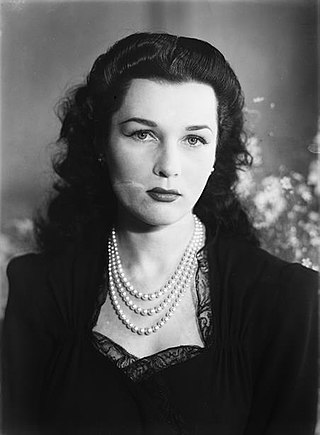
Fawzia of Egypt, also known as Fawzia Pahlavi or Fawzia Chirine, was an Egyptian princess who became Queen of Iran as the first wife of Mohammad Reza Pahlavi, Shah of Iran. Fawzia was the daughter of Fuad I, seventh son of Ismail the Magnificent. Her marriage to the Iranian Crown Prince in 1939 was a political deal: it consolidated Egyptian power and influence in the Middle East, while bringing respectability to the new Iranian regime by association with the much more prestigious Egyptian royal house. Fawzia obtained an Egyptian divorce in 1948, under which their one daughter Princess Shahnaz would be brought up in Iran. Fawzia, who was known as the "sad queen" in the press, lived in isolation and silence after the 1952 Egyptian revolution and never published her memories of the court of Iran and Egypt.
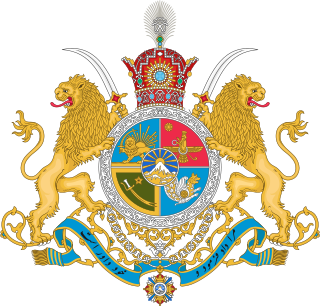
The Pahlavi dynasty was the last Iranian royal dynasty that ruled for almost 54 years between 1925 and 1979. The dynasty was founded by Reza Shah Pahlavi, a non-aristocratic Mazanderani soldier in modern times, who took on the name of the Pahlavi language spoken in the pre-Islamic Sasanian Empire to strengthen his nationalist credentials.

Reza Pahlavi is the eldest son of Mohammad Reza Pahlavi, the last Shah of Iran, and his wife Farah Diba. Before the Islamic Revolution in 1979, he was the crown prince and the last heir apparent to the throne of the Imperial State of Iran. Pahlavi resides in Great Falls, Virginia.
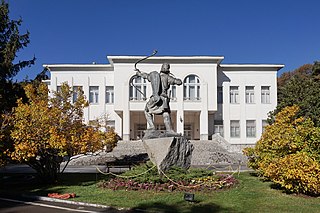
The Sa'dabad Complex is a 80 hectare complex built by the Qajar and Pahlavi monarchs, located in Shemiran, Greater Tehran, Iran. Today, the official residence of the President of Iran is located adjacent to the complex.
Pahlavi may refer to:

Mohammad Ali Foroughi, also known as Zoka-ol-Molk, was an Iranian politician, writer, freemason,, Azali, and diplomat who served as the Prime Minister of Iran for three terms. He wrote numerous books on ancient Iranian history and is known for founding the Academy of Iran.
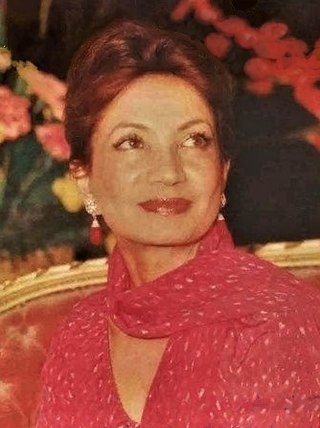
Ashraf ol-Molouk Pahlavi was the twin sister of Mohammad Reza Pahlavi, the last Shah of Iran (Persia), and a member of the Pahlavi dynasty. She was considered the "power behind her brother" and was instrumental in the 1953 coup that overthrew Prime Minister Mohammad Mosaddegh in favour of strengthening the monarchical rule of the Shah. She served her brother as a palace adviser and was a strong advocate for women's rights. Following the Iranian Revolution in 1979, she lived in exile in France, New York, Paris and Monte Carlo and remained outspoken against the Iranian Islamic Republic.
Reza Pahlavi may refer to:
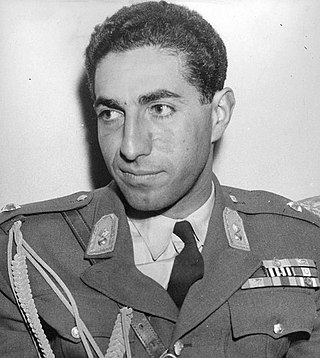
Ali Reza Pahlavi was the second son of Reza Shah Pahlavi, Shah of Iran, and the brother of Mohammad Reza Pahlavi. He was a member of the Pahlavi dynasty.

The mausoleum of Reza Shah, located in Ray south of Tehran, was the burial ground of Reza Shah Pahlavi (1878–1944), the penultimate Shahanshah (Emperor) of Iran. It was built close to Shah-Abdol-Azim shrine.
The Iranian Revolution of 1979, in which Shah Mohammed Reza Pahlavi was overthrown and replaced by an Islamist government led by Ruhollah Khomeini, has been the subject of conspiracy theories alleging Western involvement, in particular, that the United States and the United Kingdom secretly opposed the Shah because his White Revolution and Iran's growing independence was unfavorable to their interests in Iranian petroleum. In his own memoirs, Answer to History, the Shah alleges that Western forces most prominently the United Kingdom, the United States, and Big Oil conspired against him all for their own reasons while most notably, he claims due to his manipulation of oil prices.

Mohammad Reza Pahlavi, commonly referred to in the Western world as Mohammad Reza Shah, or just simply the Shah, was the last monarch of Iran. He began ruling the Imperial State of Iran after succeeding his father, Reza Shah, in 1941 and remained in power until he was overthrown by the 1979 Iranian Revolution, which abolished the country's monarchy and established the Islamic Republic of Iran. In 1967, he took up the title Shahanshah and held several others, including Aryamehr and Bozorg Arteshtaran.

Patrick Ali Pahlavi is a member of the deposed Pahlavi dynasty of Iran and was heir presumptive from 1954 to 1960. According to the former constitution of Iran Patrick was the first in the line of succession to the throne. In 1960, however, with the birth of Reza Pahlavi, the latter became the heir apparent. If the Iranian monarchy were to be restored, he would become the heir presumptive to the throne.

Farah Pahlavi is the widow of the last Shah of Iran, Mohammad Reza Pahlavi, and was successively Queen and Empress of Iran from 1959 to 1979. She was born into a prosperous Iranian family whose fortunes were diminished after her father's early death. While studying architecture in Paris, she was introduced to Mohammad Reza at the Iranian embassy, and they were married in December 1959. The Shah's first two marriages had not produced a son—necessary for royal succession—resulting in great rejoicing at the birth of Crown Prince Reza in October of the following year. Farah was then free to pursue interests other than domestic duties, though she was not allowed a political role. She worked for many charities, and founded Iran's first American-style university, enabling more women to become students in the country. She also facilitated the buying-back of Iranian antiquities from museums abroad.

Gholam Reza Pahlavi was an Iranian prince and a member of the Pahlavi dynasty, as the son of Reza Shah and half-brother of Mohammad Reza Pahlavi, the last Shah of Iran.

Fatemeh Pahlavi was the Iranian-born tenth child of Reza Shah Pahlavi, and half-sister of Mohammad Reza Pahlavi. She was a member of the Pahlavi dynasty.

The Imperial State of Iran, officially the Imperial State of Persia until 1935, and commonly referred to as Pahlavi Iran, was the Iranian state under the rule of the Pahlavi dynasty. The Pahlavi dynasty was created in 1925 and lasted until 1979, when it was ousted as part of the Islamic Revolution, which ended Iran's continuous monarchy and established the current Islamic Republic of Iran.
Morteza Yazdanpanah (1888–1970) was an army officer who served as chief-of-staff in the Imperial Iranian army for two times, between 1941 and 1942 and in 1952. He also held other governmental and military positions during the reigns of Reza Shah and Mohammad Reza Pahlavi.